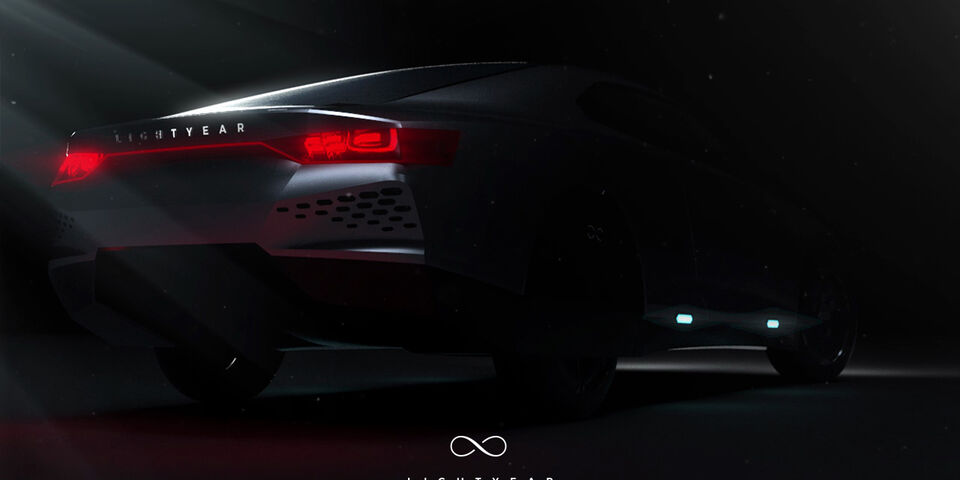Former Solar Team members present solar car Lightyear One
Startup Lightyear, which arose out of the first Solar Team Eindhoven, aims to launch a commercial solar car on the European and American markets in 2019. The Lightyear One will be an electric vehicle with four-wheel drive and solar roof capable of driving 800 kilometers on a full battery. As of today, buyers can sign up for the car, which has a price tag of 119,000 euros (excluding sales tax).
Thanks to the rooftop solar cells, the Lightyear One should be able to travel for months in a sunny climate without having to recharge from the network. This is because the battery is constantly being recharged by the sun. The idea is that the car is therefore extremely suitable for areas lacking an infrastructure of charging stations but which enjoy many hours of sunshine. During longer journeys the car can be hooked up to the ordinary electricity network at night. In California the Lightyear One should be able to travel almost 20,000 kilometers on solar energy alone; in the Netherlands the equivalent range is half that distance.
“Think of the Lightyear One as an electric car that has been rebuilt from scratch, transformed to combine the best of both solar cars and electric cars,” says Lex Hoefsloot. Hoefsloot was team manager of the first Solar Team Eindhoven, which in 2013 won the World Solar Challenge in Australia with family solar-car Stella, and he is the CEO of Atlas Technologies, which he founded last year with four other former team members. Lightyear is the brand name under which this startup is launching the solar car on the market: a light year, say the makers, is the distance that we cover every year worldwide using fossil fuels.
Statement
The Lightyear One is a statement, says Hoefsloot. “We want to show that electric cars are ready to be used everywhere on the planet. This is the first step in our mission to make electric driving attainable for everyone.”
Tessie Hartjes, TU/e student of Electrical Engineering and relations manager at Lightyear, also stresses that the luxury model is just a first step. “First of all we want to establish the brand and then expand into developing countries.” In so doing, Lightyear hopes to tread the same path as Tesla, which having made an impression with the Model S, is likewise now bringing affordable models of electric cars onto the market.
According to Hartjes, the intention is that the vehicle parts will be made by specialist suppliers; only the vehicle assembly will be done by the Lightyear startup itself. For the actual production a capital injection will be required. “We currently have a number of small investors; we plan to talk to larger ones,” says Hartjes.
Ample ground clearance
For those interested, an impression of the Lightyear One in the form of a three-dimensional virtual model can already be admired, says Hartjes: “With a virtual reality headset you can see it at actual size.” Unlike the solar cars built by Solar Team Eindhoven, this car will have a reasonably conventional appearance. “And ample ground clearance too, so that it is suitable for use on poor roads in developing country.” But its solar roof will extend at the rear to create sufficient surface area.
Even before the official launch on Thursday afternoon five Lightyear Ones had been ordered, Hartjes reports. “We are receiving a lot of positive reactions and hope to sell more soon.” The final design of the Lightyear One will be unveiled early in 2018. The first cars are expected to be available for delivery in Europe and the United States in 2019.


Discussion